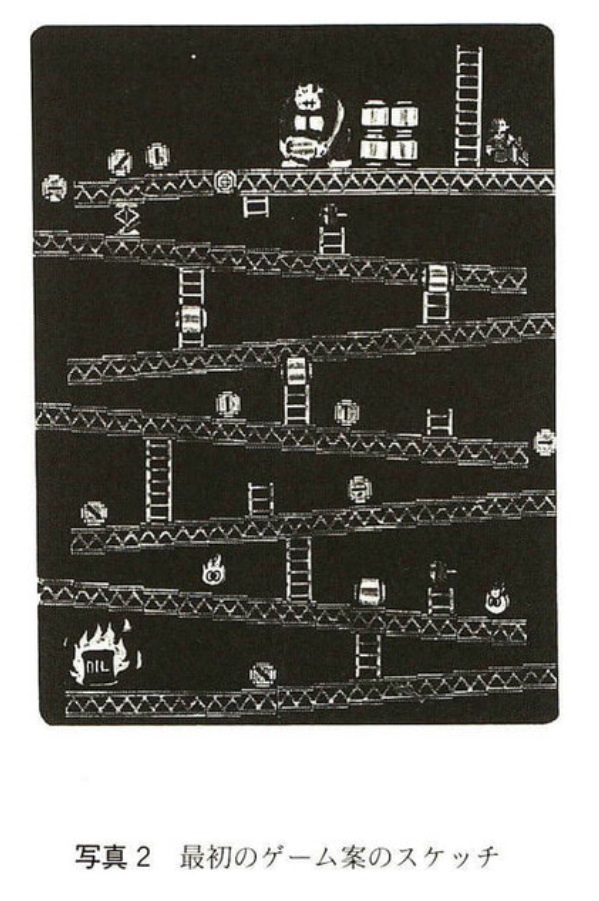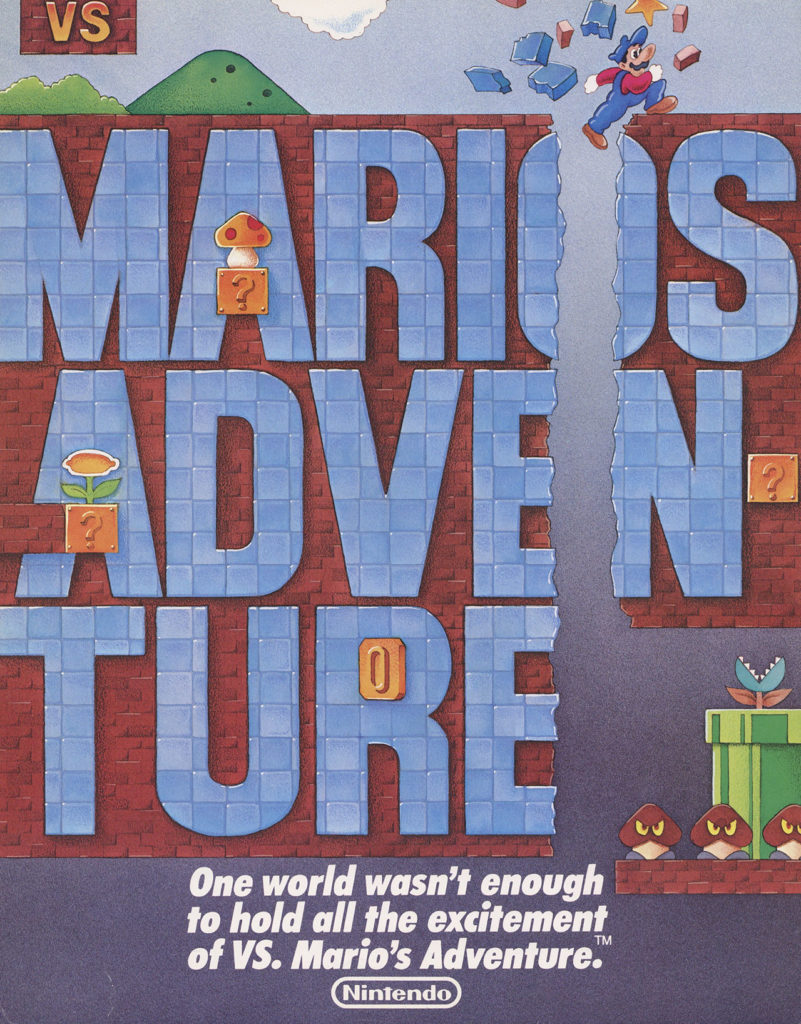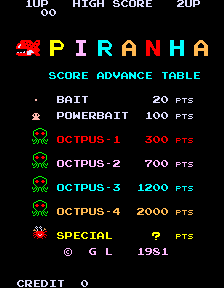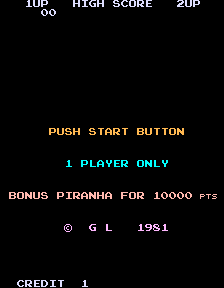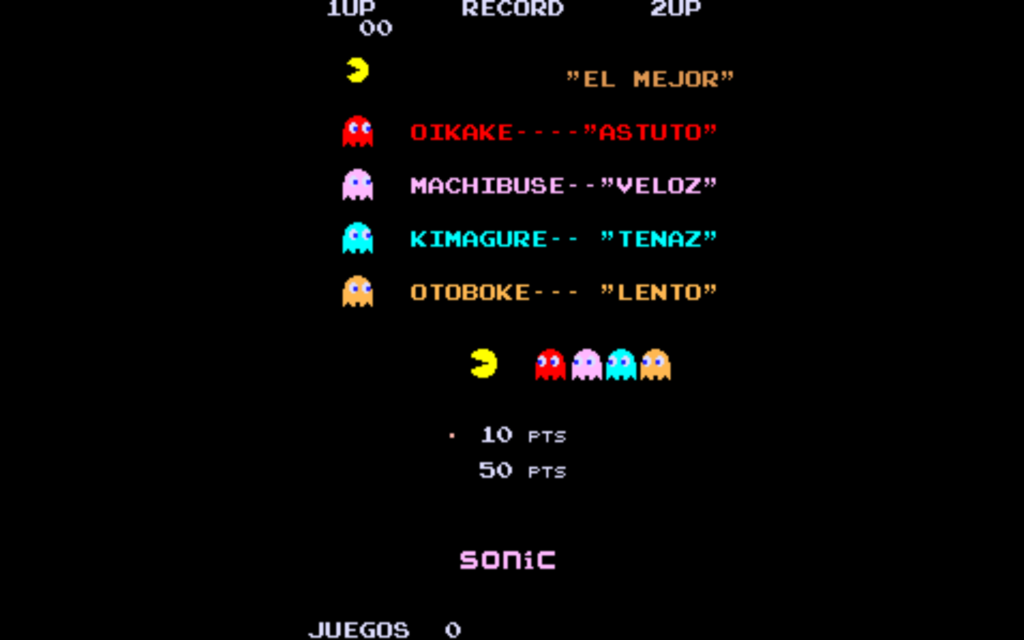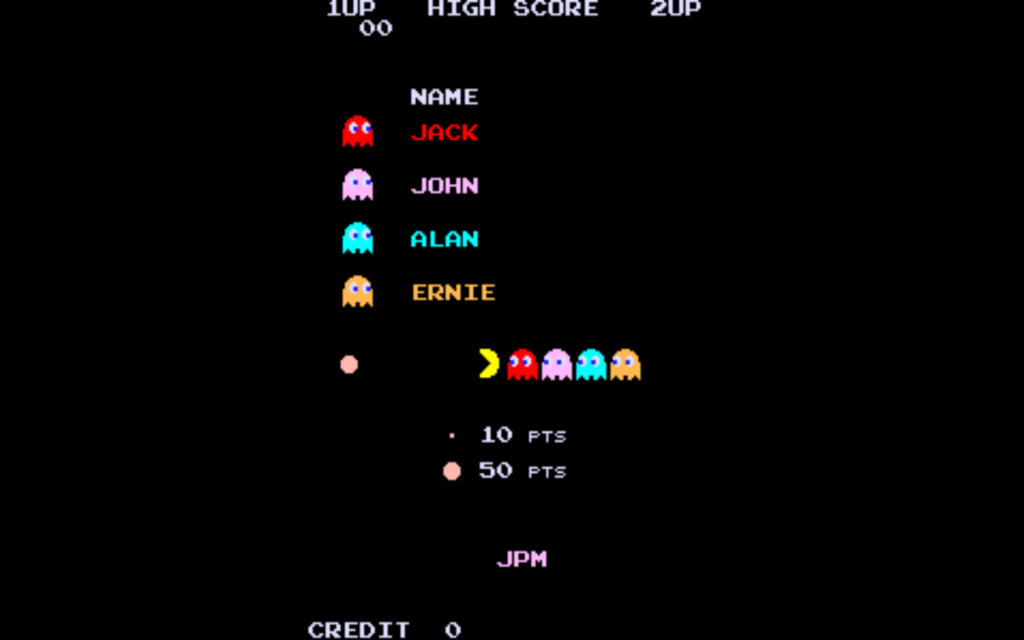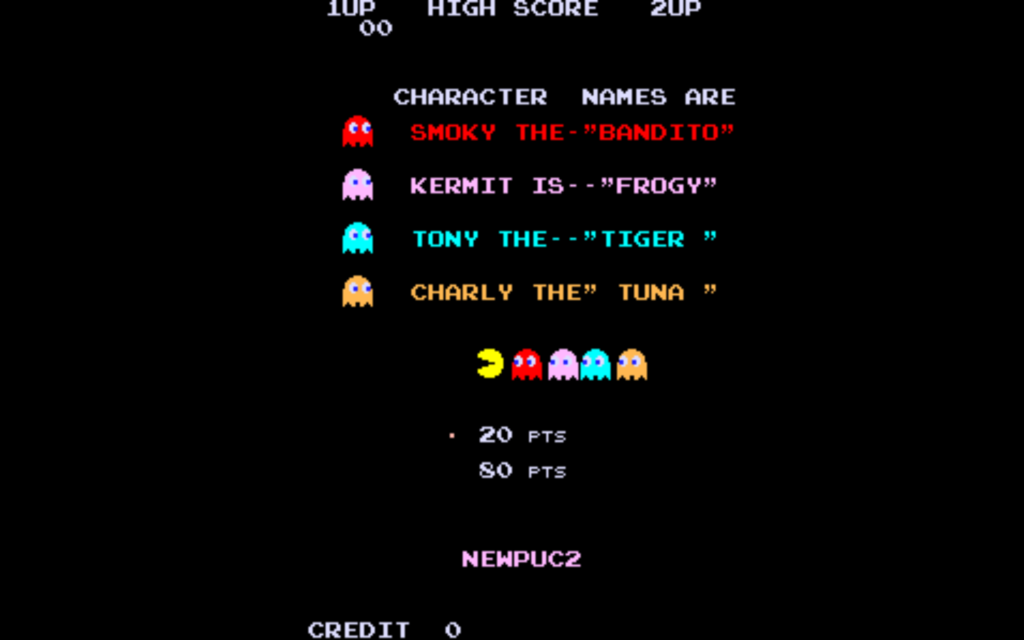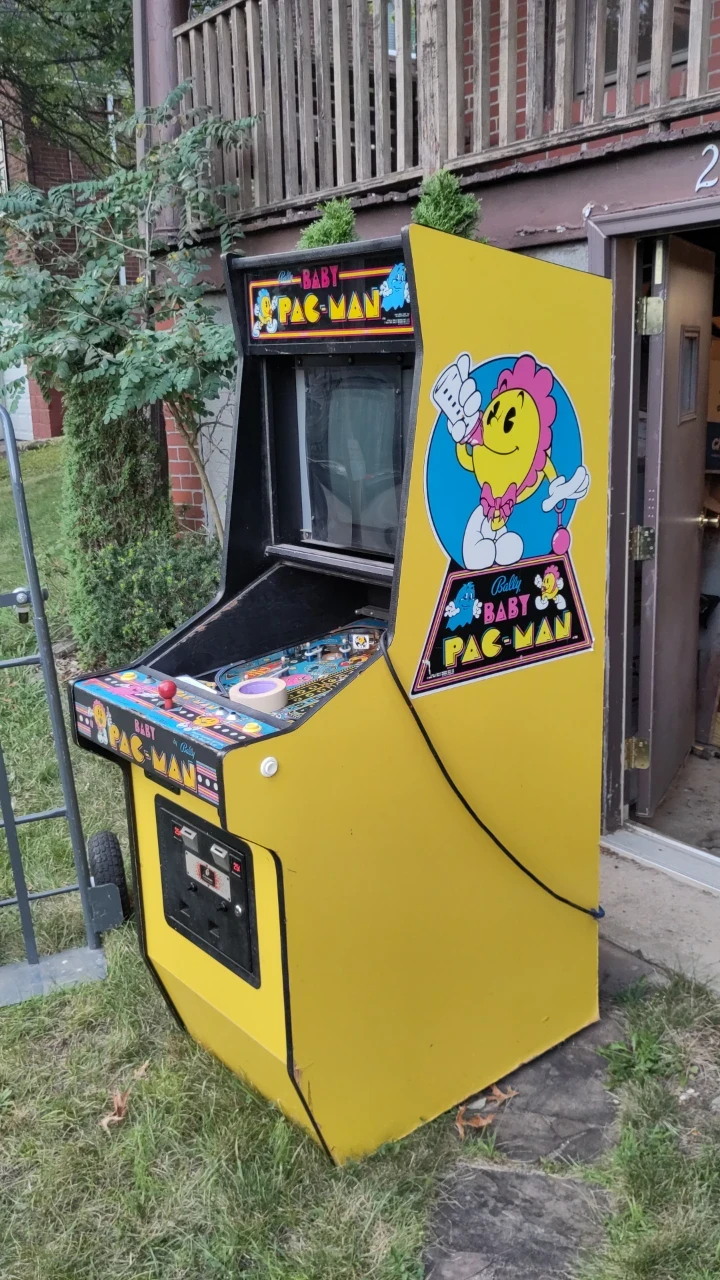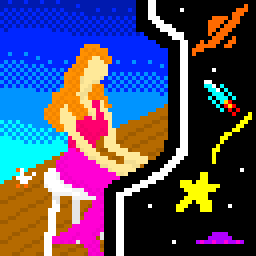
Arcade Mermaid is our classic arcade weirdness and obscurity column! Frequently (no promises) we aim to bring you an interesting and odd arcade game to wonder at.
The next week is going to be pretty busy for me, so I’m reusing a long long piece I originally wrote for the short-lived fanzine I made, Extended Play. It’s been seen before, but only by a very small audience.
Rampart has been an obsession to me since it came out around 1990. I still think it’s one of the finest arcade games ever made, actually one of the best video games period. People tend to describe it as either an early version of Tower Defense, or Missile Command meets Tetris, but neither description is very good. Simply, there had never been a game like Rampart before, and despite some attempts to clone it, there’s never been a game like it since, either.
We’re all as obsessed with weird old arcade games as I am, right? Right?? Most (but not all) of the next week of posts will all be about this wonderful, but extremely difficult, game, one of the best from Atari Games at their heights. Please bear with me, and please, try to understand why I’ve been so into this unique game for so long.
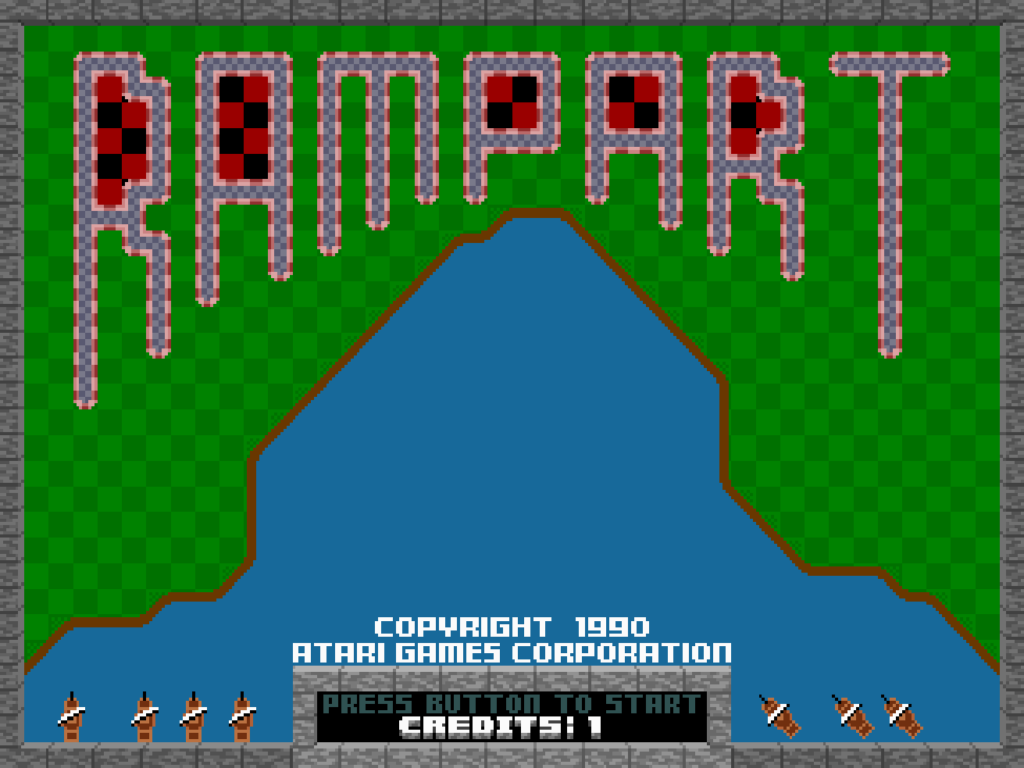
In the late 80s Atari Games was recovering from 1983’s Great Game Crash, which decimated the US arcade industry and resulted in a great dying out of companies. Atari Games, newly split away from the consumer electronics company that would make the Atari ST, weathered it better than most, primarily through developing ingenious kinds of games the likes of which were seen nowhere else.
This period, 1984-1990, is the age that began with Marble Madness and the System 1 hardware, followed by hits like Paperboy, 720 Degrees, Gauntlet, Toobin’, Cyberball and others. It lasted roughly to the release of Street Fighter II, which sparked the fighting game craze and made arcades inhospitable to most other genres for a while. At the tail end of this period came Rampart, designed by John Salwitz and Dave Ralston, who also created three of the games in the foregoing list.
It’s a bit obscure now, but it was quite a hit for Atari at the time. For home systems Rampart received no less than thirteen distinct ports, plus a few notable emulations. It got very good reviews from Nintendo Power (SNES version) and Videogames & Computer Entertainment (arcade). More recently, it was released emulated with network play for free for the PlayStation 3. And yet, still, no one talks about Rampart anymore.
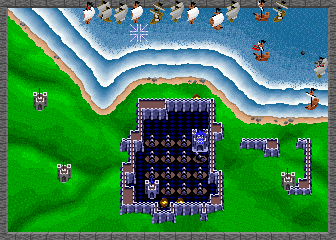
That is a weird thing about what I call Atari Games’ “Silver Age,” that time after the classic arcade boom of the late 70s/early 80s but before the rise of one-on-one fighting games, its games, while still fun and surprisingly ingenious, and widely ported, don’t have the star power, other than a couple of things like Gauntlet, that Japanese releases from the same time have garnered.
Part of the reason may be trademark-related. The name Atari still carries considerable nostalgic weight, but another company, the one formerly known as Infogrammes, bought the trademark and the classic Fuji logo, and still releases games under it. They own the rights to everything before Marble Madness. Games after that were owned by Midway for a while, but Midway then, in a crushing indignity, renamed them Midway Games West, before closing them outright in 2005, getting out of arcades altogether. Many of its assets were sold to Warner Bros. Entertainment, who presumably now owns the rights to Atari’s post-Marble Madness catalog.
I’ve written before that, at their peak, I think Atari Games was more ingenious and original than Nintendo themselves. They made some stinkers, sure (few remember Thunderjaws, or their arcade take on Tim Burton’s Batman movie) but their best games were, and still are, amazing. I think that Rampart, while little talked about now, is at the top of the gilded heap.
Rampart is great, but it’s difficult. For a game I’ve been obsessed with since its release in arcades in 1989, I can only complete it on default settings about a third of the time, and usually only after expending all the continues the game allows. This was common for Atari Games games, who tended to make arcade machines that mocked the idea of one credit runs, but even among those, Rampart is hard. You are not going to master this one overnight.
I view my purpose here usually to be a secondary source. That is, I prefer to summarize, encapsulate, explain and preserve information available elsewhere. But the thing about Rampart is, there is very little of this information to find. For a game that was popular at the time of its release and with so many ports, googling it will not turn up much to aid you. As far as I know, and I’ve searched for it many times throughout the years, Rampart has never had a good, comprehensive strategy guide written for it.
It is because of this, favored reader, that I have decided that this shall be that guide. Since most of it is self-discovered, I have no one to blame for errors but myself. I have made some efforts to make sure it’s correct, but, well, sometimes even well-considered assumptions turn out to be false. I’ve done what I can.
(More tomorrow!)


